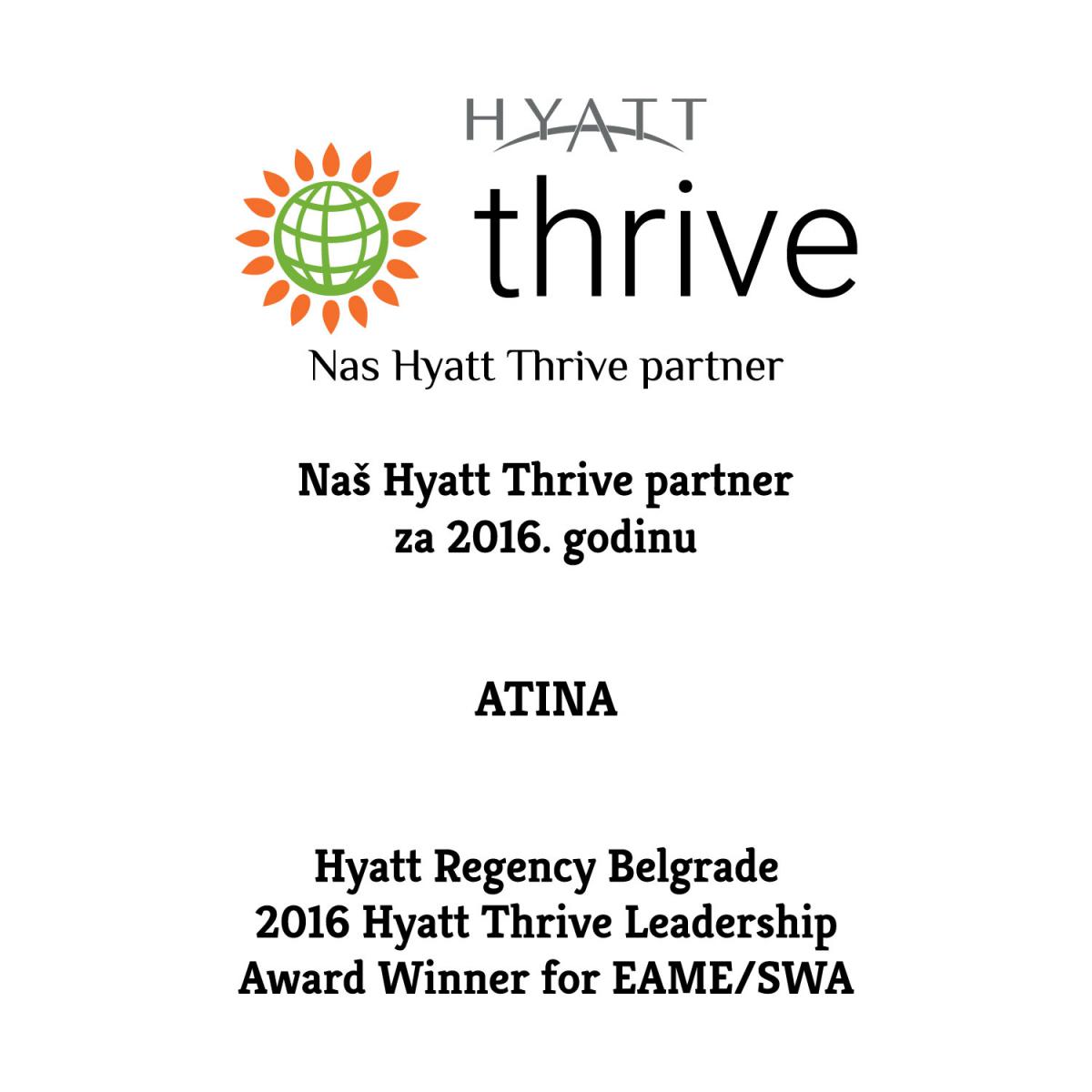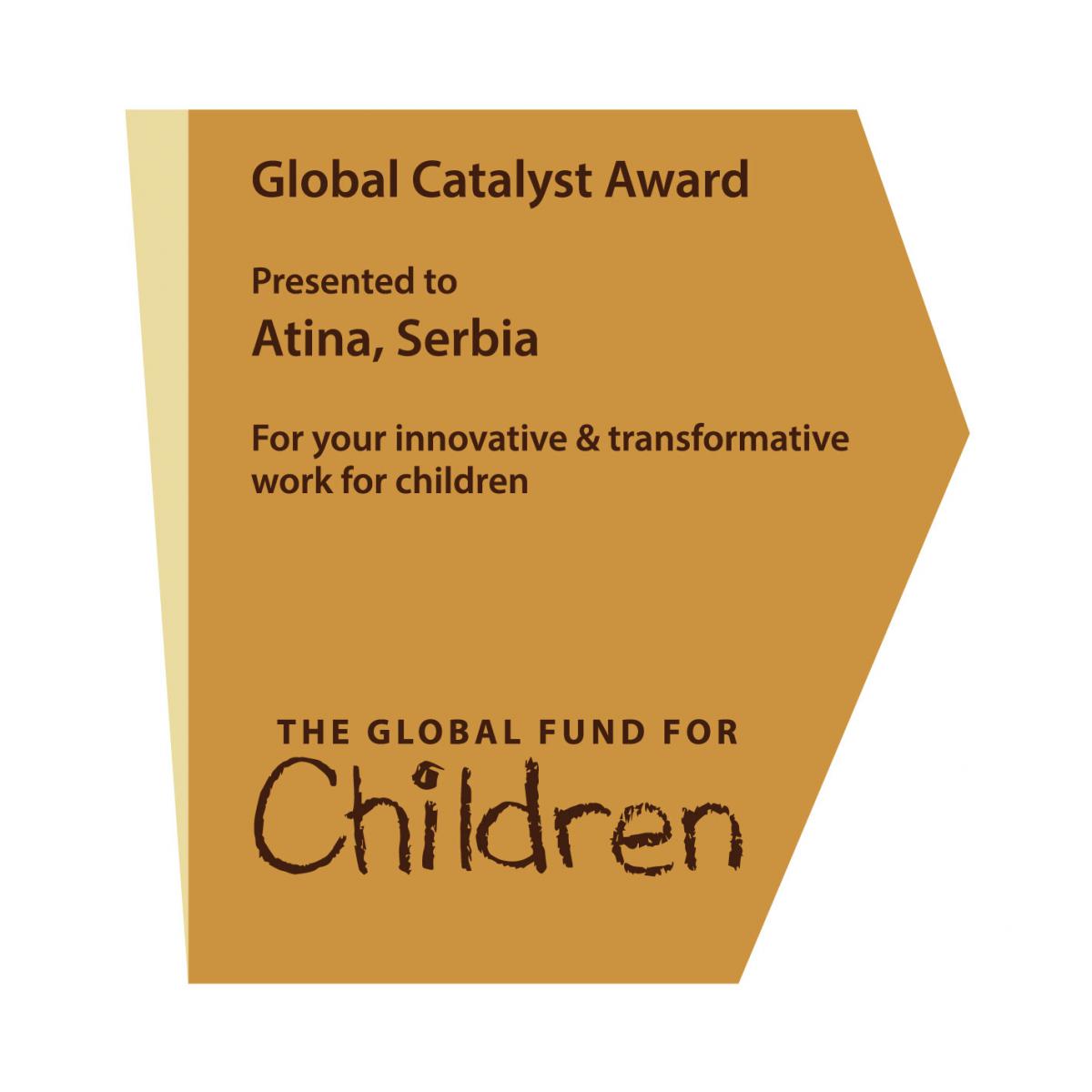Hotline: +381 61 63 84 071
Which safe housing services exist in Europe?

Which safe housing services exist in Europe?
Illustration: O.M.Doodles/Instagram
Many European countries, including Serbia, have ratified the Istanbul Convention and are therefore under the obligation to deliver accessible and quality victim support services. However, what specific services are available in Europe that actually respect the standards of the Istanbul Convention?
Statistic for Europe as a whole
According to Women Against Violence Europe’s annual 2021 report and 2021 country report, up to 62 million of women in Europe have experienced physical and/or sexual violence, which means 1 in 3 European women have suffered gender-based violence. In addition, in 2021, there were an estimated 3,762 femicides in Europe, which demonstrates how gender-based violence is a deadly and persistent threat to women and girls.
It is clear that the number of existing shelters and beds available to women are simply not enough. In Europe as a whole, victims of domestic violence would need 84,479 beds. However, there are only 37,791. In the whole of Europe, just nine countries meet the minimum standards of the Istanbul Convention in this regard.
As the WAVE report states:
“These shortfalls are a matter of real concern, and the situation is particularly acute in several countries where available services remain appallingly low. (..) The EU Member States with critically low provision include the Czech Republic (92% of capacities lacking), Poland (83%), Bulgaria (82%) and Ireland (72%). Countries outside the EU that have a shortage of more than 70% are Armenia (90%), Belarus (92%), North Macedonia (76%), and other countries”.
Furthermore, many of these accommodation capacities are not in specialized shelters for women. In the 46 European countries that the report covers, there are only 1,573 shelters for women. There are an additional 2,112 shelters also available to them, but these shelters do not provide specialized services for combating violence against women. As we already know, the Istanbul Convention clearly states that women’s shelters should be prioritized within the support system for victims.
There are also cases where safe accommodation is not available to all victims due to their migration status. In this regard, WAVE network recommends that “laws regulating funding for women’s shelters should ensure these services can provide accommodation and specialist support to all women survivors of violence and their children, irrespective of whether they are undocumented migrants or have unregulated migration status.”
These numbers tell us that the situation in Europe is far from ideal, despite the clear and detailed obligations imposed by the Istanbul Convention and the specific country recommendations drafted by GREVIO.
In regard to women’s centers that do not provide accommodation but are still an important resource for victims, there are 3,210 such centers in Europe. However, it is estimated that there should be 8,709 women’s centers to fulfill the needs of specialized support to victims of gender-based violence.
Besides supporting victims of domestic violence, these centers also focus their attention on other forms of violence such as trafficking, forced marriages, honor violence, female genital mutilation, and can provide specific support to minority populations such as for Roma or refugee and migrant women.
The report further notes how European countries are also falling short in other areas to combat gender-based violence. Although most states have national women’s helplines (39 out of 46 countries), there is still an evident lack of specialist services for survivors of sexual violence. In this case, there should be 4,224 such services but there are only 462 in the whole of Europe, meaning that up to 91% are still missing.
WAVE network also noted how, despite the high number of femicides in Europe, many countries still do not make a distinction in national legislation between homicides and femicides (the killing of women because they are women, as opposed to homicides in which the sex of the victim is incidental).
Both in the case of women-only shelters and women’s centers, it is clear that a lack of funding and weak political will to invest in these resources are key obstacles to fulfill the standards imposed by the Istanbul Convention.
The situation in Serbia
WAVE estimates that there are 393 beds missing in Serbia, which amount to 56,7% of total capacities. In addition, there are no shelters created for specific groups, such as women from marginalized communities. In Serbia, there are currently 14 shelters available to women with approximately 300 beds. Because of the low number of beds available and the lack of women-only shelters, Serbia is not currently respecting the standards of the Istanbul Convention regarding safe housing for victims.
In Serbia, women can stay in shelters for up to three or six months, and this service is free. All the shelters in Serbia are funded and run by state or local authorities, who operate on a limited budget and there is not enough data to know exactly what kind of support is provided. However, shelters mostly offer counselling and work in collaboration with other relevant services.
The most common forms of violence reported by women in shelters are physical, psychological and economic. Oftentimes, victims are denied referrals to shelters due to a lack of space and capacity.
Despite the lack of women-only safe housing in Serbia for victims of domestic violence, there are several women’s centers that can provide counselling and psychological support, legal advise and representation at other institutions (such as courts, social services, etc.), and that can also provide specialized support in other areas.
In Serbia, there are currently 29 women’s centers that are run by women’s NGOs. Most of them operate through international funding. These centers exist mostly in cities and two of them provide services to victims of human trafficking.
According to the WAVE report, 2,805 women managed to find support in these women’s centers in Serbia in 2020.
The WAVE annual 2021 report allows us to conclude that Serbia, but also Europe as whole, still have a lot of work to do before ensuring adequate and quality support to women victims of domestic violence.

This article was created within the project "Better support for women and children victims of violence - improving the accessibility and capacities of safe houses in Serbia" NGO ATINA is implementing in cooperation with the United Nations Agency UN WOMEN, and with the support of the European Union, within the framework of the EU-UN Women regional program to stop violence against women in the countries of the Western Balkans and Turkey entitled "Implementing norms. Changing minds", financed by the European Union.
The content of this article is the sole responsibility of NGO ATINA, and does not necessarily reflect the views of the European Union, UN Women, their Executive Board or the member states of the United Nations.












 FACEBOOK
FACEBOOK TWITTER
TWITTER YOUTUBE
YOUTUBE